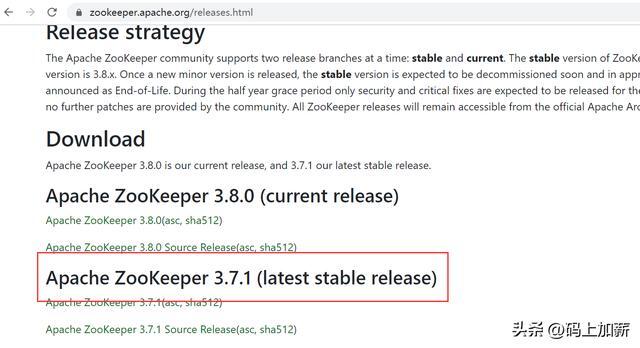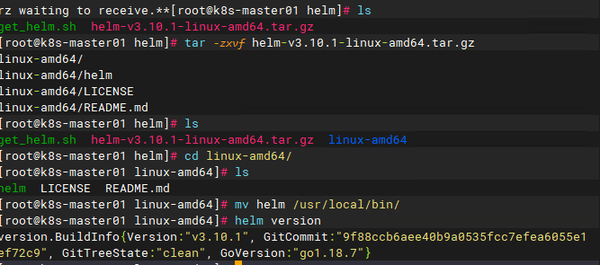

We are pleased to announce that VMware Application Catalog is now generally available for our subscription cloud service providers. Launched in March 2020, VMware Application Catalog was built in part thanks to many years of Bitnami experience, and has now become a critical part of the VMware Tanzu portfolio in helping to address the OSS needs of several enterprises. VMware Application Catalog (formerly Tanzu Application Catalog) is a catalog of trusted, continuously maintained, and verifiably tested OSS images, custom-built to enterprise specifications, and privately delivered directly to a customer’s registry of choice. VMware Application Catalog now GA for subscription cloud service providers If you would like to be considered for the VMware Image Builder beta list, please reach out to us at Our experts will get in touch with you shortly to explore the possibility of working together to achieve your business goals while still fine-tuning the product. To summarize, VMware Image Builder helps users across the DevSecOps stream in replacing the many point products they use, while streamlining and automating the build pipeline.
#BITNAMI PHABRICATOR REPOSITORY SOFTWARE#
Compliance teams can use the product to ensure the traceability of all artifacts and versions included in the software packages.
#BITNAMI PHABRICATOR REPOSITORY SERIES#
They can quickly verify their changes through a series of automated tests which include compliance checks, functional and performance tests, and vulnerability scans across multiple Kubernetes distributions and cloud platforms.

Developers can then leverage the ability of VMware Image Builder to integrate directly into pre-existing development platforms and continuous integration and delivery (CI/CD) pipelines. Operators can use VMware Image Builder to package artifacts into multiple formats (e.g., containers, Helm, Carvel, open virtual applications), keep them up to date and deliver to developers. Built by leveraging the build pipeline engine that has been powering Bitnami over the years, VMware Image Builder essentially allows the enterprise DevSecOps teams to utilize the tried and tested Bitnami pipeline to automate their packaging, verifying, and publishing practices. VMware Image Builder is a platform-agnostic, API-first modular service that automates the creation of secure, trusted, and continuously maintained software artifacts (compliant with corporate standards) to publish to developers as building blocks in the development process. Now, at VMware Explore 2022, we are excited to announce that VMware Image Builder is in beta! This collection of services aims to efficiently consolidate and automate the build-pipelines of enterprises. To address this issue, we previously announced a tech preview of a new product called VMware Image Builder. The State of Software Supply Chain report 2022 states that enterprises invariably deal with their build pipeline through multiple tools, tasks, and teams and are increasingly making an already tedious process inefficient. Unfortunately, this has become the way of life for enterprises in this multi-cloud world. VMware Image Builder is now in betaĬontinuously packaging, verifying, and publishing thousands of software artifacts across multiple platforms, day in and day out, is not the easiest of tasks for any business.

We are delighted to share some of the recent highlights of our work here. Our team at VMware is not just augmenting the potential of Bitnami, but is also innovatively leveraging its capabilities by building new tools and solutions to unlock new use cases and benefits. With the aim of better supporting the OSS needs of customers and also helping them navigate through these challenges, VMware acquired Bitnami in 2019. But as enterprises have increased OSS adoption and matured in their multi-cloud and modernization initiatives, they have also been faced with a growing number of challenges-particularly in terms of security and tooling-as the State of Software Supply Chain Survey 2022 reports.

Given the ever-growing capabilities and flexibility offered by the OSS ecosystem, they are certain to continue playing a definitive role in any modern IT infrastructure. Open source software (OSS) has been at the center of all multi-cloud and app modernization strategies over the years.


 0 kommentar(er)
0 kommentar(er)
